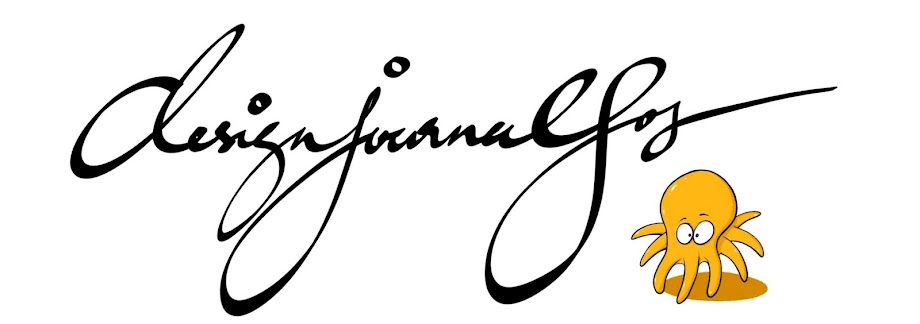Understanding the Design Process
The term “design process” is a multifaceted concept that encompasses the steps, methods, and approaches fundamental to creativity in design.
There are numerous established methods or approaches, each promising innovation in their execution, some of which have become famous and others that are considered the classics, or ‘outdated’ when compared to some of the more flashy ones.
And then there's the one we faithfully etch in our brains as coursework students, the design process that defines our design education and appears in your syllabus for the examination.
The Quest for the Ultimate Design Method
Whichever big-name design process you like or subscribe to, or believe to be the best or the most comprehensive, or one that fits your inclination or needs, have you ever thought deeper and wondered if they are all different and unique, or are they actually the same?
The same, meaning fundamentally, with some nuances and particular emphasis, compared with the ‘competitors’ or the older ones. Will there ever be a conclusion as to which is the best or the worst? What you like or not is subjective, isn’t it?
The Paralysis of Choice in Design Education
If you are my student and you come to me, and I say to you, “Throw everything away; every ding dong technique that you have been taught or heard, or from your own research, ditch all of them and begin from nothing."
Now you have a situation, and you see a problem. Now what? What are you going to do?
Most students may suddenly feel totally lost. Like a frightened bird frozen on the branch. You don’t know what to do, where to start, or how to start.
Most people begin to find a crutch, a way out, so one can start moving or get themselves unstuck. And you cry out, “Someone help me! Where is the GURU!!!!”, or “Tell me what to do.”
Fundamentals Over Formulas
Do you know why? Why are you so helpless? However, knowing that some form of framework certainly helps. Certain fundamental principles already exist. They are nature’s template. They are the most basic denominator of life. That is how you begin when you think, how other people think, and how everybody else thinks.
The problem arises when someone finds a way that works and says this method is mine. And he puts in tremendous effort, goes through a prestigious university, and finishes a Ph.D. perhaps, starts a company, then puts a trademark on it. Goes to some TV shows and gets endorsed maybe. And then he sells you his program, and says it is slightly different from the others, and it is better for you. One that you already know if you bothered to use your brain a little bit more.
The Pitfalls of Prescriptive Processes
But dependence on a method given to you means what? You do not think. Or you no longer need to. Isn’t it?
You depend on some authority, your teacher, your syllabus. And so you simply follow one faithful framework or hop from one to the other, or you may get lost in the never-ending search for the latest or hippest approach; and once you (think you) got it, you say “Ah, that is the way to do things.”
And you become comfortable and you repeat the process over and over again. You become very proficient and perhaps, with some diligent effort, you may become one of the top design students. You may have conjured up one of the most innovative prototypes and probably won some awards. But you are not thinking. You are only conforming, following. You have become dull. That is not creation in the deepest sense.
To create, to be creative, there must be freedom from the known.
Creativity and the Freedom from the Known
Back to the story about you being my student, without any background on how to do this and that, what next? Have you thought about that? Try it. When you start moving, and you start making things happen, and when you end it, see how much more significant that journey has been compared with one where you are simply being led along.
Next, you may ask, "What is my teacher for?" I cannot say anything for the other teachers, but I say this for the person who is writing this, which you are reading right now; this writer may be speaking to you. Let what is spoken become a mirror that you will use as a reflection to understand yourself.
It is not for you to agree or disagree, or say intellectually, conceptually I understand. See it for yourself, the necessity for you to depend on yourself for your own learning and not on others. Use existing resources as they are needed, but do not elevate them to great importance, one that either becomes yours or that others must follow.
If you do that, you have limited yourself. And there will not be creation.
- #DesignThinking #CreativeProcess #Innovation #DesignEducation #CriticalThinking #CreativeFreedom #DesignPhilosophy #BeyondConformity #DesignThoughtLeaders #AuthenticCreativity






